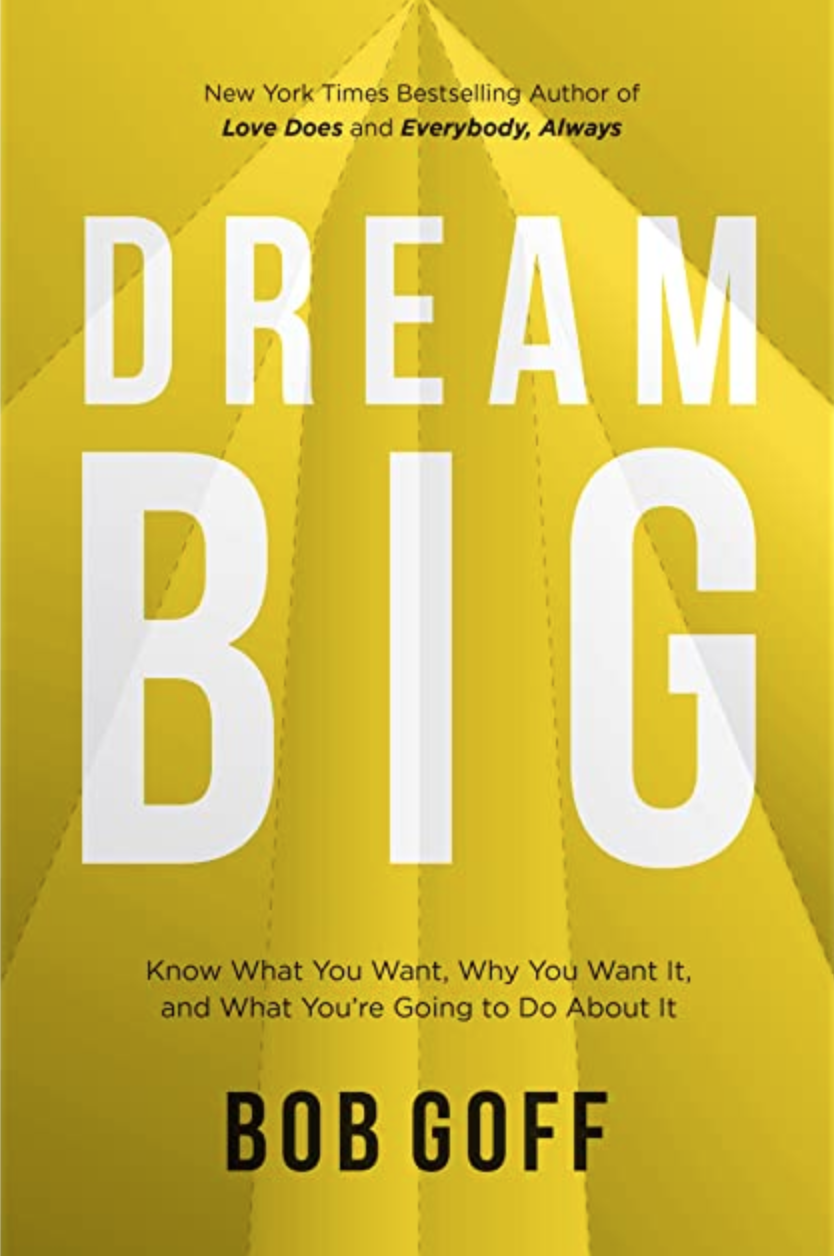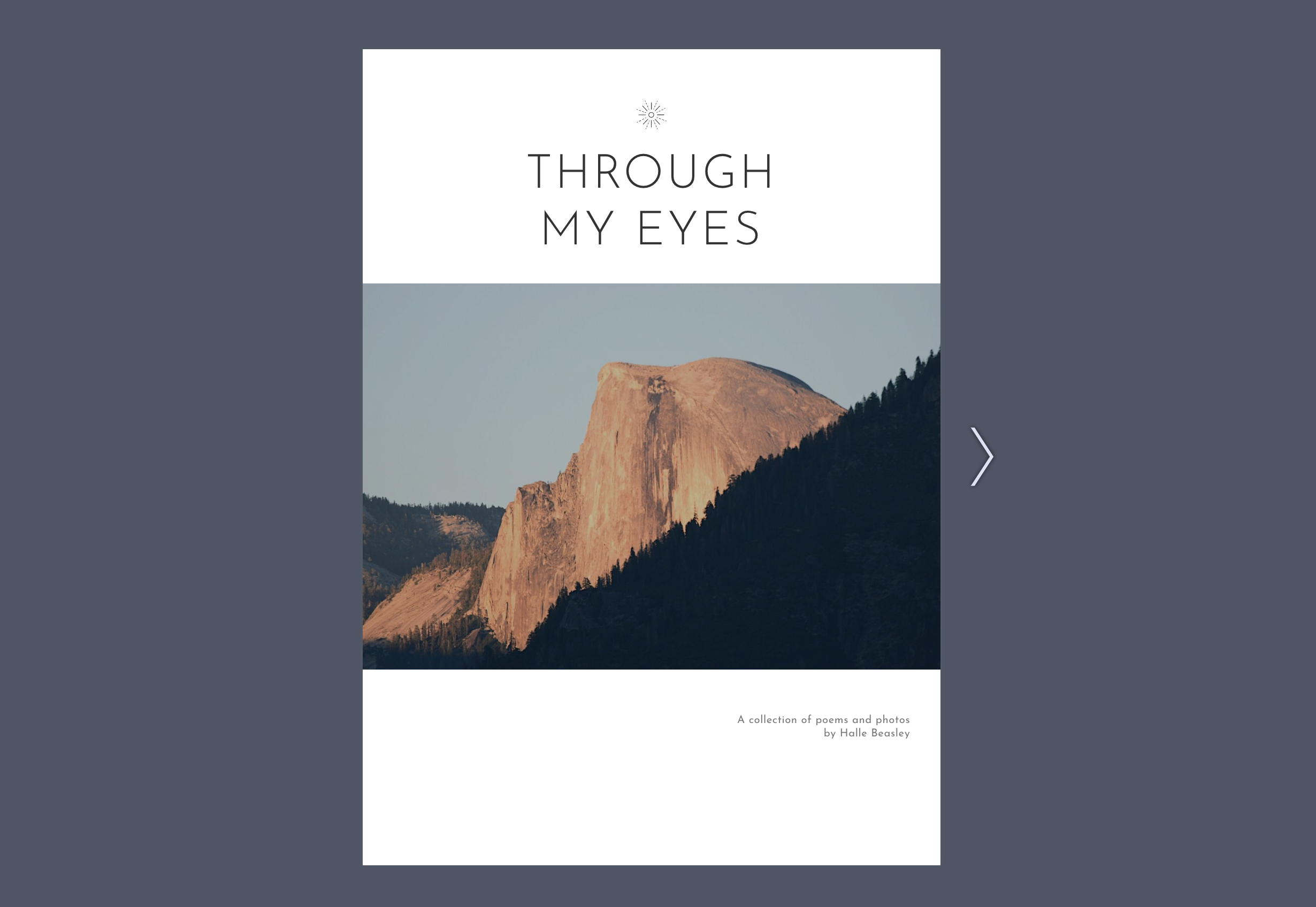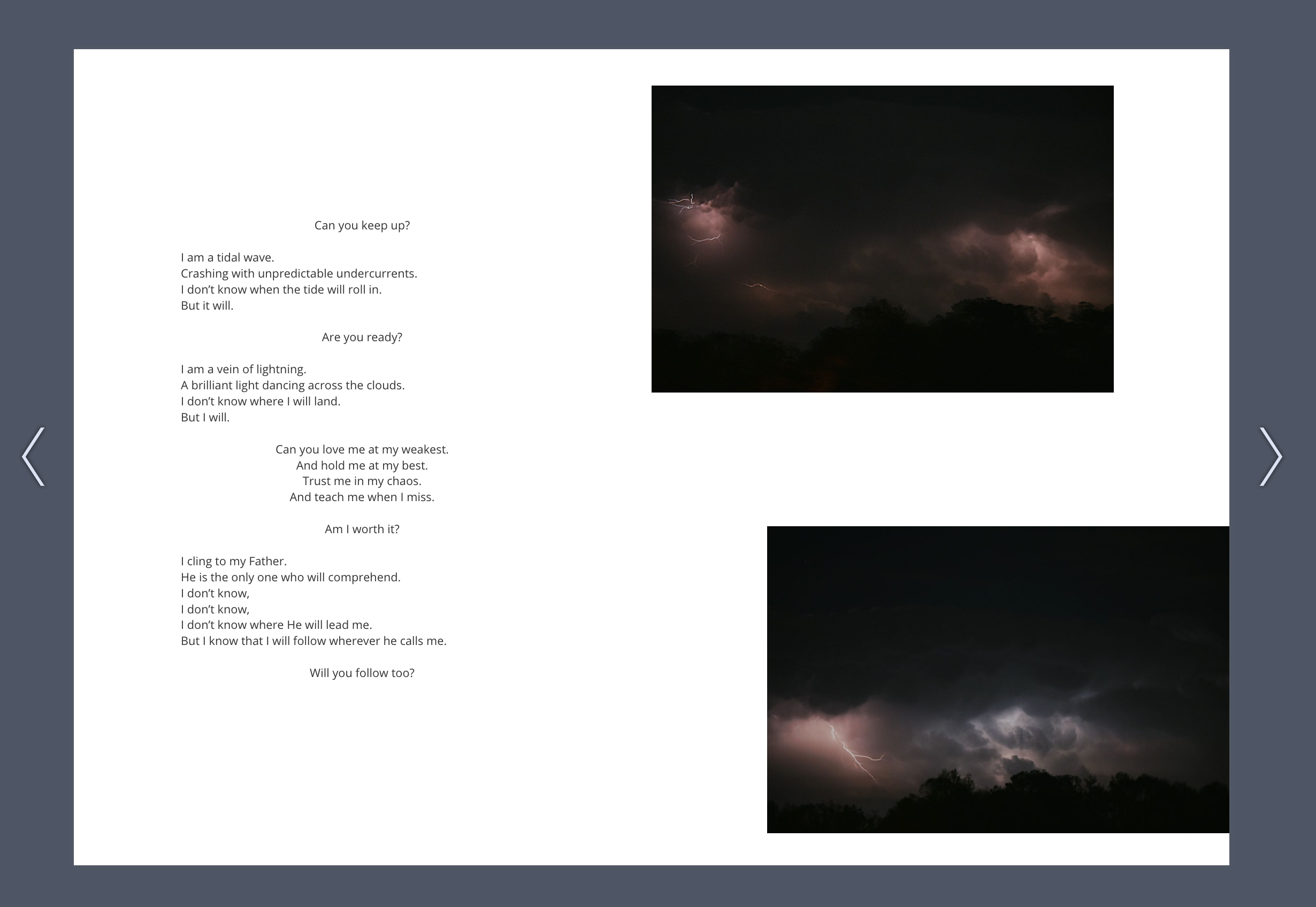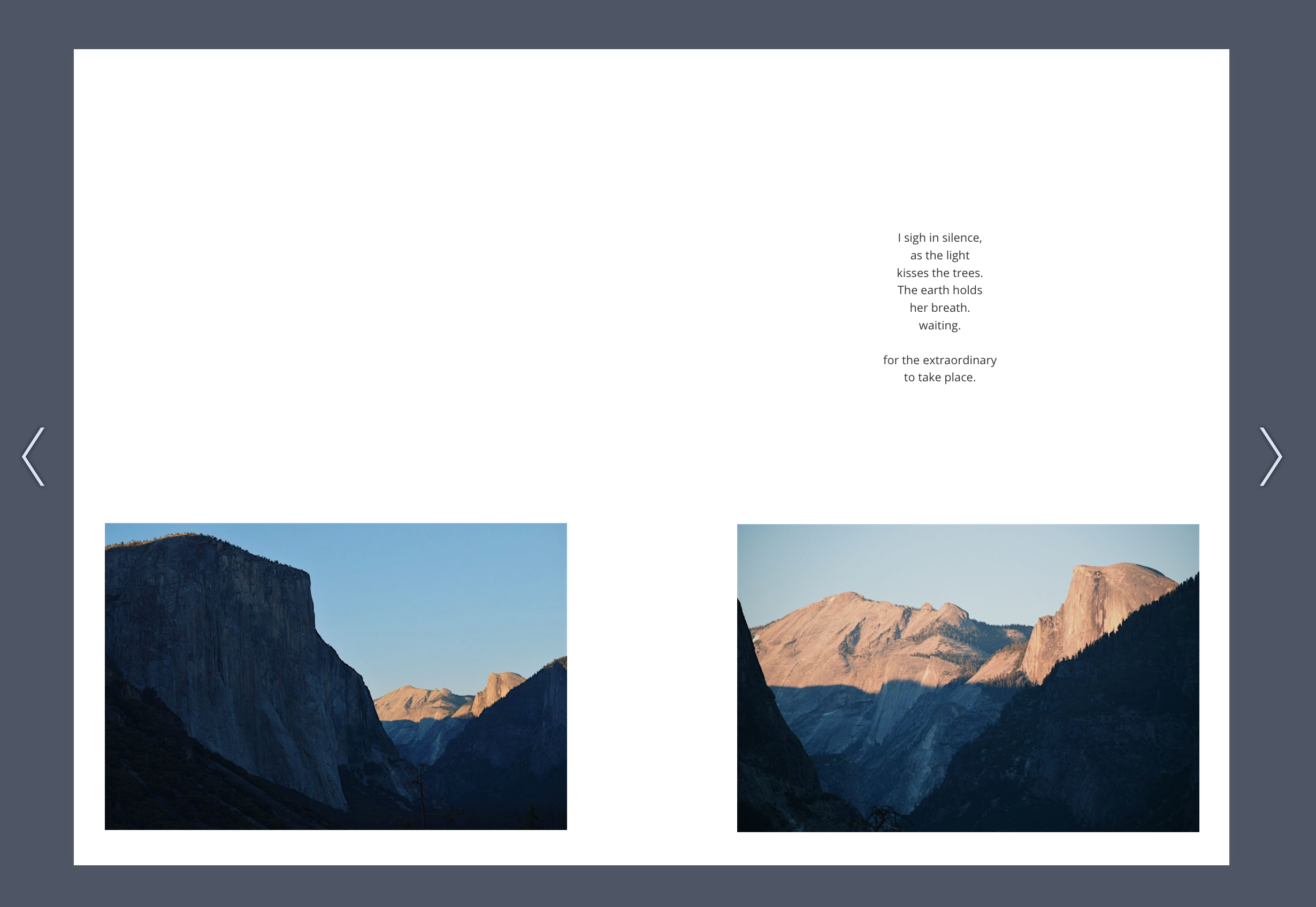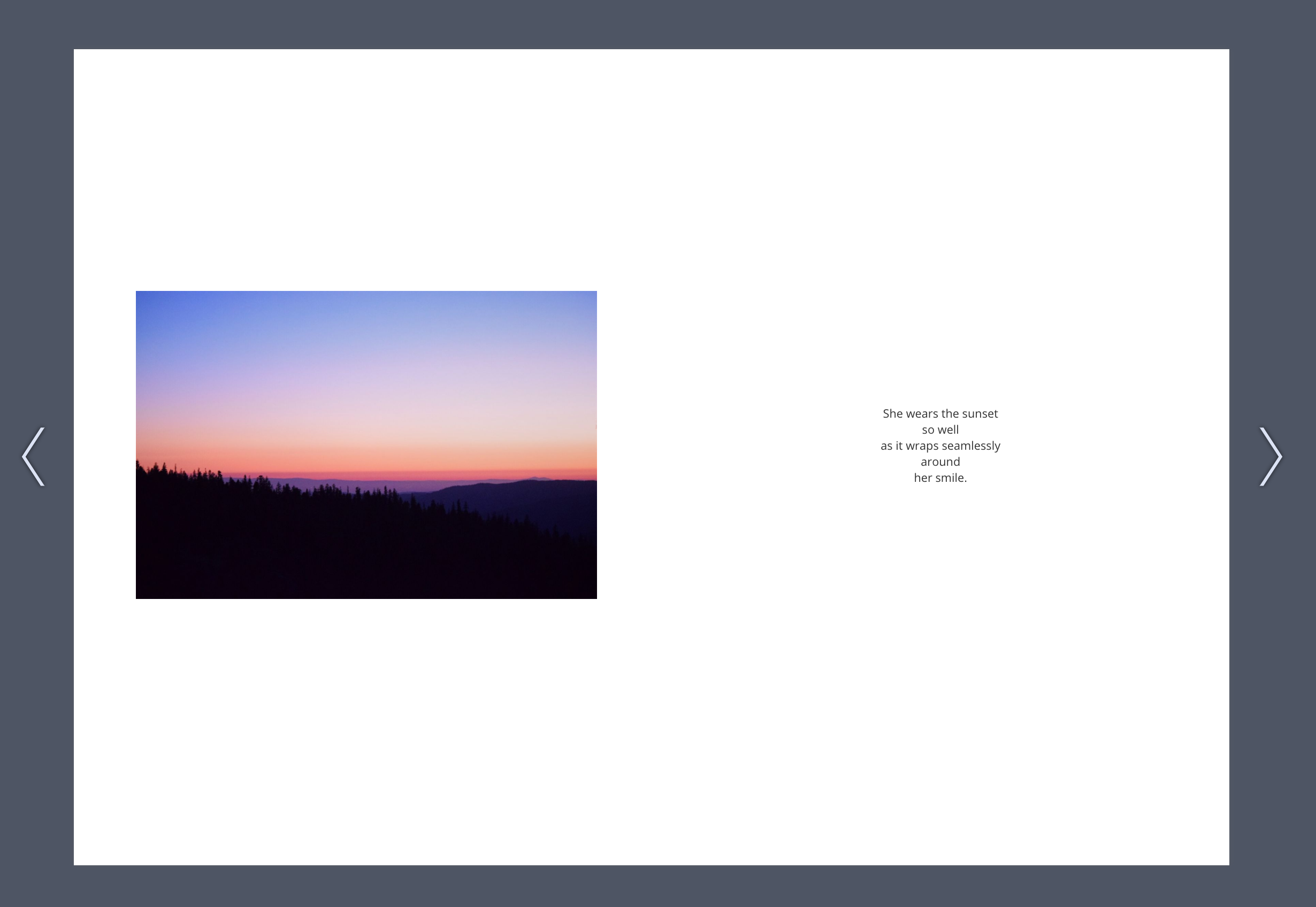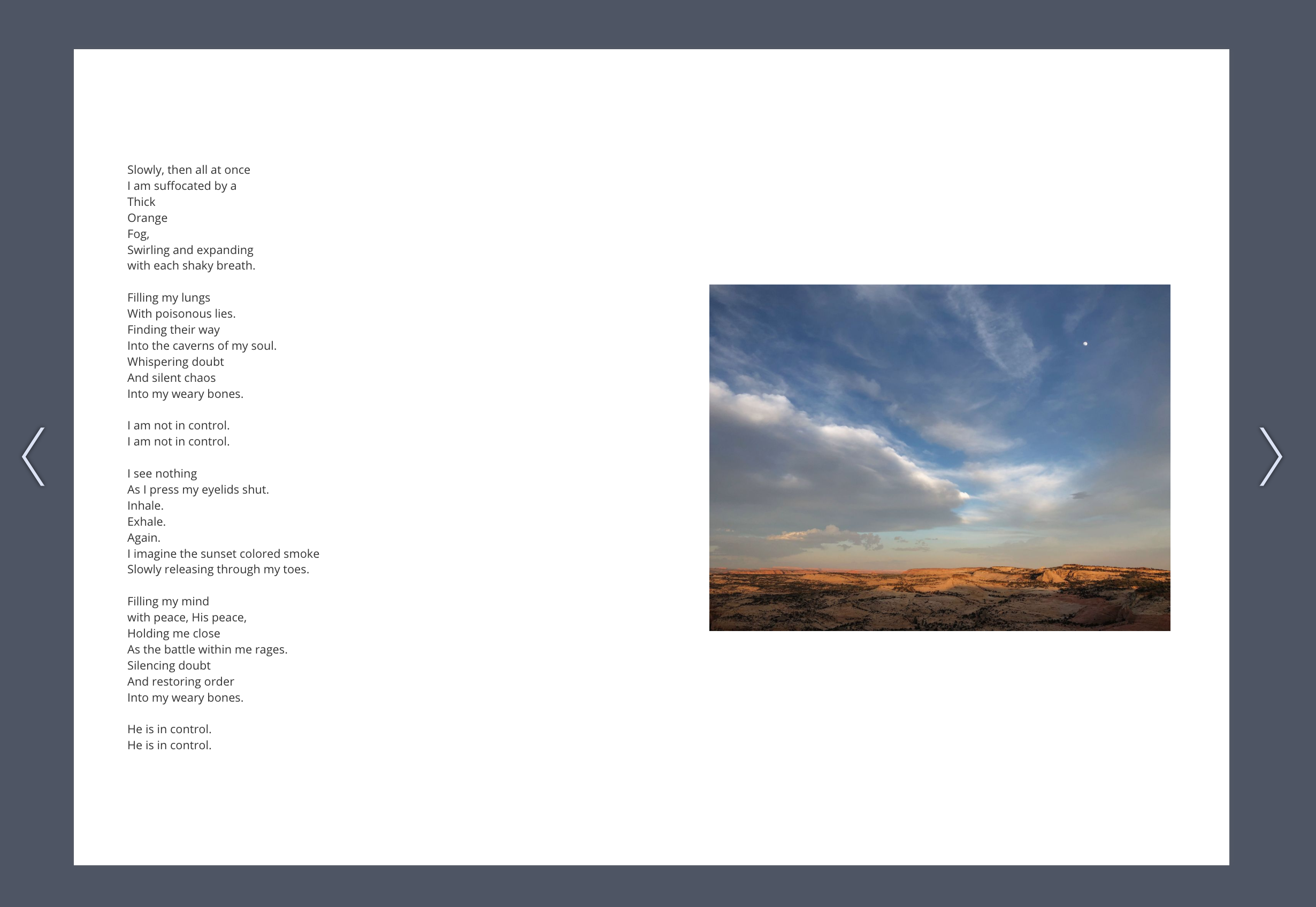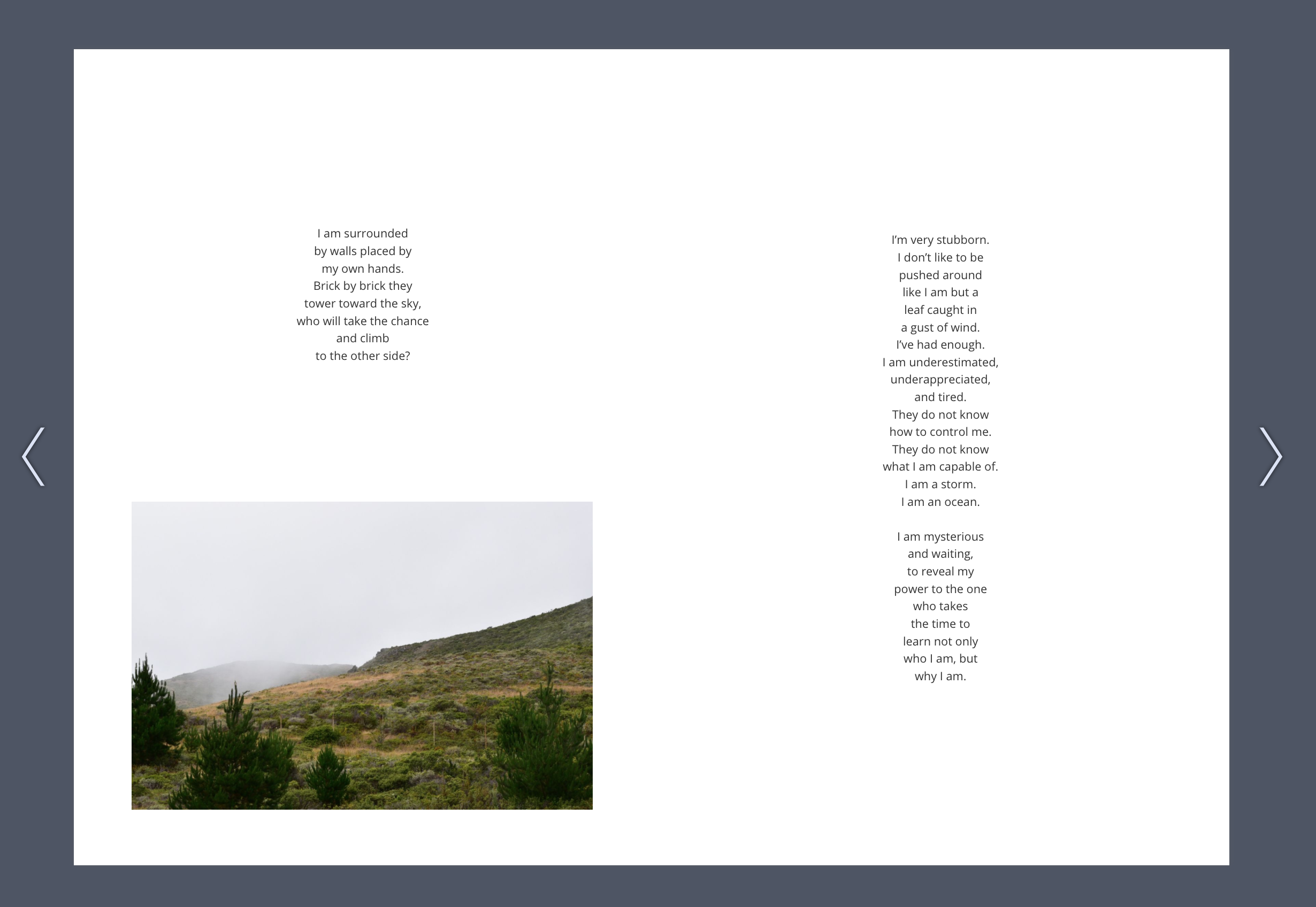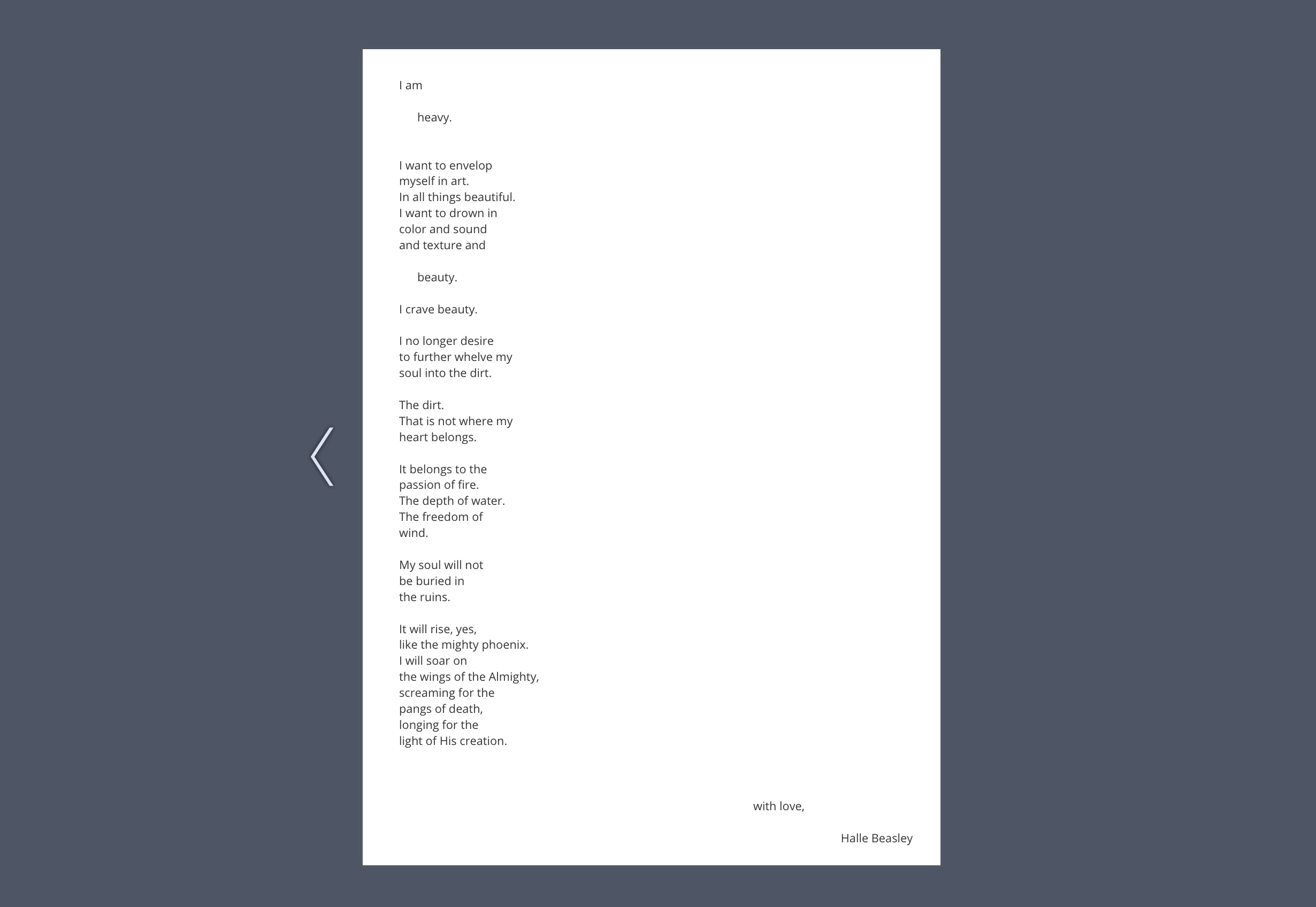I wonder which images will end up in the textbooks one day to depict this. I wonder what students across the country -- across the globe -- will read about this event. I wonder what they will learn from all this. I wonder what this will look like as history, versus what it feels like as our current reality.
History gave us the formula with which we talk about current and historical events. In 1560, Thomas Wilson, a famous English rhetorician, once wrote, “Who, what, and where, by what helpe, and by whose, Why, how and when, doe many things disclose.” It is from this that journalists have assembled their formula of who, what, where, when, why, and how. And it is by this formula that a global pandemic will become words not only on pages and in history, but also in the hearts (and minds) of those who experienced this history in the making.
A simple attempt to answer these questions might be this: Doctors and nurses across the globe fight the widespread virus each day to flatten the curve, slow the spread, and bring an end to the global pandemic that some argue started with an order of bad meat at a food market in China. But what will the narratives be? What will the lessons be? What will be taught here so that “history doesn’t repeat itself”?
WHO - Much of the who that will be documented will likely come in the form of numbers rather than names. Numbers of how many were infected. Numbers of how many died. The textbooks will not have enough pages to list the names of every doctor and nurse who treated patients despite long hours, low supplies, and at great risks for personal exposure. They will not have enough pages to list the names of every patient who died. I myself can’t list all the helpers that deserve recognition in one paragraph -- all the healthcare workers, law enforcement officers, grocery store attendants, food delivery services, nursing home staff, schools and teachers, friends and neighbors, and the list goes on. A textbook won’t be able to list them all either, not even with hundreds of pages.
WHAT - The what will be defined as a global pandemic, but that pandemic is a grand puzzle with many pieces that make up a whole picture. The symptoms, the sickness, the hysteria, the social distancing, the isolation, etc. Each small piece adds to the larger image, each side of the table making the image look a little different. Each person’s experience different depending on the pieces they match together, yet each person’s experience similar as they look at the same picture.
WHERE - Textbooks one day will no doubt show maps of where this all took place. Where it started and where it spread. And while maps will be able to depict the nations, our country, our states, and our cities, the maps won’t be able to tell the whole story of where this pandemic took place. The dots and numbers on these maps can’t fully reflect our hospitals, our homes, our bodies, or our lungs where this global pandemic invaded and settled.
WHEN - Whenever historians talk about when, they like to focus on dates. When in a textbook will probably be diminished to the numbers 2020. But when is so much more than four digits. This all happened in the blink of an eye and on an exponential timeline. It happened during every evening news and every morning headline. It happened during senior years of high school and first days of jobs. It happened when babies were being born, and when radiation treatments were ending. It happened when life was happening.
WHY - The why is perhaps the most important, and yet always the hardest question to answer. Sure, a textbook will attempt to provide a factual why for this global pandemic, but many people want more than just a scientific answer to this question. This whole situation can eventually digress into the overwhelming, deeper questions of why this type of thing happens, with hopes for a philosophical or spiritual answer that calms their hearts just as a scientific answer calms their minds.
HOW - Doctors and scientists will join forces with historians here to answer the how, and their explanations one day will far exceed mine. By the way I see it, how this happened is both a terrifying and powerful thing. What started as one person’s interaction with nature turned into a large-scale lesson about our interactions with each other. How connected are we as a human race? How far does our impact reach? How can one person passing something to three people and those three people passing something on to three people become something global?
But with all these words as answers to the questions, there will also be photographs. Will it be the photo of people who fought over toilet paper in the middle of the aisle, showcasing the hysteria? Will it be the photo of the empty shelves of “necessities,” displaying the consumerism? Will it be the photo of the elderly man standing outside his wife’s window at a nursing home, holding up a sign to celebrate their 65th wedding anniversary, demonstrating the heartache of social distancing? Will it be the photo of healthcare staff treating patients with makeshift surgical masks, revealing the selflessness of so many in the face of pandemonium?
How do we want this to be remembered? Do we want to be remembered for the way we took care of ourselves in this global pandemic, or the way we took care of others? A virus can be widespread over a whole country or the world. But so can our response. Our hard work, our generosity, our humanity can all be widespread too. If students learn anything from reading about this situation in a textbook in the future, I hope they learn about the connectivity of our humanity, both in terms of health and this shared experience.





